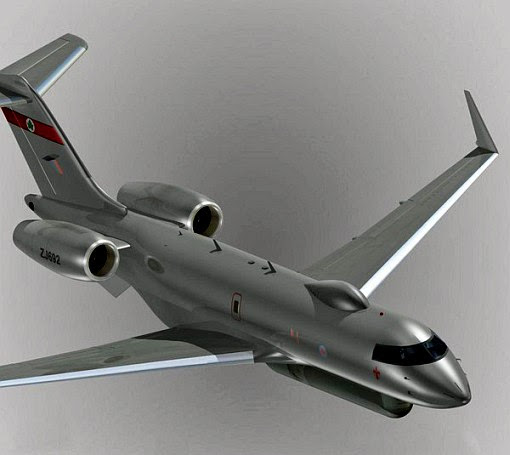The UK Royal Air Force (RAF) has hailed the Airborne Stand-Off Radar (ASTOR) system on the Sentinel R1 aircraft as a success after returning from trials in Afghanistan.
The aircraft is capable of operating for over nine hours at a time, during which it recognises and detects moving, static and fixed targets on the ground.
UK Minister for Defence, Equipment and Support, Quentin Davies said that the hugely sophisticated system successfully demonstrated what it could do in Afghanistan.

"The ASTOR system is a key element of the modern network-enabled battlefield, through which our forces can learn about the movement of enemy forces and react to prevent those threats to our troops," he said.
The radar on RAF Sentinels works by looking down to the ground and "staring" at the target area while the aircraft flies in a straight line. The radar transmits pulses and receives target information as it moves while building up a picture of the target area.
State-of-the-art computers and software allow rapid processing of this information and data is then transmitted to mobile or static ground stations for immediate use.
Intelligence Corps, Detachment Commander, Major Will Tosh said that the aircraft worked in unison with troops on the ground to deliver timely intelligence and situational awareness to those on the front line.
"The ASTOR system was closely embedded within 3 Commando Brigade and provided a near real-time, wide area search capability on operations for the first time," he said.
In the culmination of the £954m contract, Raytheon Systems has now delivered the last in a batch of five aircraft to Number 5 (AC) Squadron. The contract also includes eight mobile ground stations. Raytheon will continue to deliver support services to the system over the next ten years.
No comments:
Post a Comment